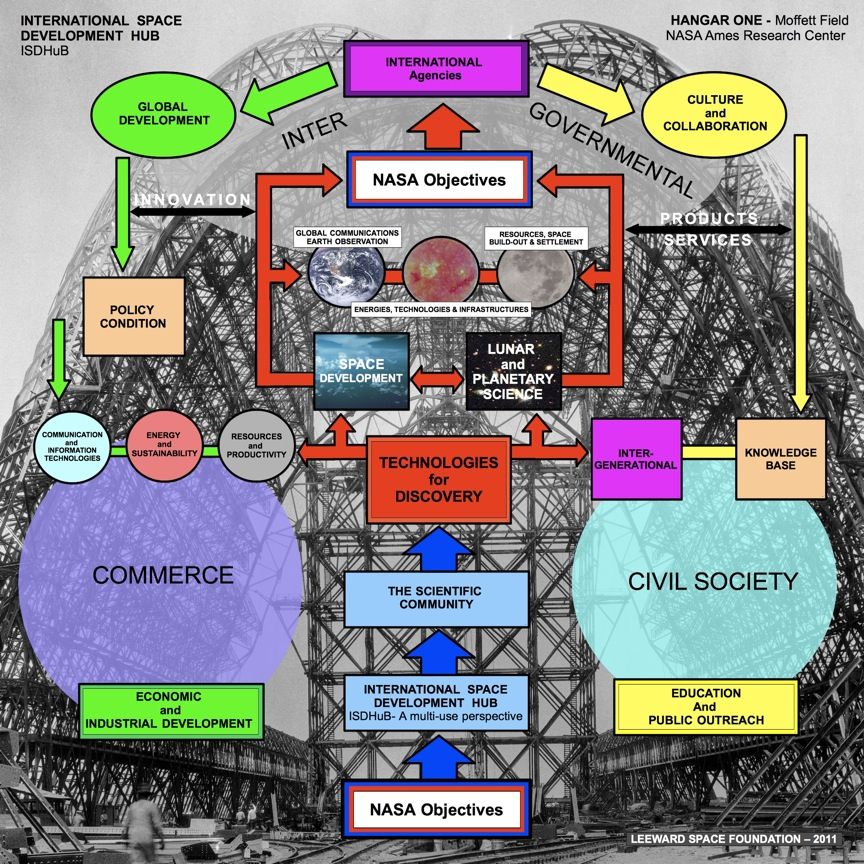Throughout most of our lifetimes, there has been a lot of talk and speculation about Human colonies beyond Earth. I personally grew up reading about how we would send people back to the Moon, then to Mars and beyond. We would establish settlements and on other planets and build spacious habitats out of metals mined in the asteroid belt. We would send our grandchildren to the outer planets on nuclear powered rockets and reap the bounty of the Solar System!
All we need is cheap and reliable access to space. The Space Shuttle was going to launch every week and only cost $20 million per launch. It would ride atop a carrier craft above the atmosphere where it would blast into orbit, deliver it’s payload and any passengers, and glide back to earth, to be refit, refueled and mated to it’s carrier plane for it’s next trip a few weeks later. It just had to be approved by Congress, which they did: after making it one of the biggest jobs programs since the New Deal. The Space Shuttle had been repurposed from a space transport system to a massively expensive vote buying scheme. The extreme decentralization and patronage, to the point of leaving a Krushchev era Soviet planner in shocked amazement, drove the per launch cost close to a billion dollars by the time the program was finally shut down.
At least we have cheap and reliable Russian Protons now that the Soviet Union has fallen and the Russians are desperate for hard currency, except that they aren’t really that cheap or reliable. Well, we have some startup companies who are going to get us into space on the cheap using old NASA surplus hardware (Huh?). Only in the past decade are we seeing any real practical alternatives, in the form of Dot Com billionaires putting their own money into spacecraft development. The most promising is SpaceX founded by Elon Musk. He has had his eye on Mars for a long time and finally developed a cheap rocket that will soon carry humans into space. He did so by using the same technology that has been available for the past three decades, only without the political interference, and shown how cheap space travel can be. The base price: $53 million for a cargo capacity comparable to the Space Shuttle. Interestingly, this amounts to around $20 million in 1980 dollars. We are finally at the point we were supposed to be 30 years ago!
Unfortunately, it looks like this is about as good as it will get any time soon. The Space Elevator is going nowhere, with the laws of physics getting in the way and all, not to mention the problems posed by micrometeorites, space junk, and monatomic oxygen if it does get built with some as yet undiscovered wonder material. Theoretically, carbon nanotubes have the strength needed. Maybe. With no significant safety margin. Other alternatives such as space guns and space piers have the same problems of prohibitively massive initial costs, fragility, and they are still useless for carrying people into space due to either long travel times (= high radiation exposure) or high acceleration.
Continue reading “Access to Space: It's as Cheap and Easy as it will get for a Long Time” »










